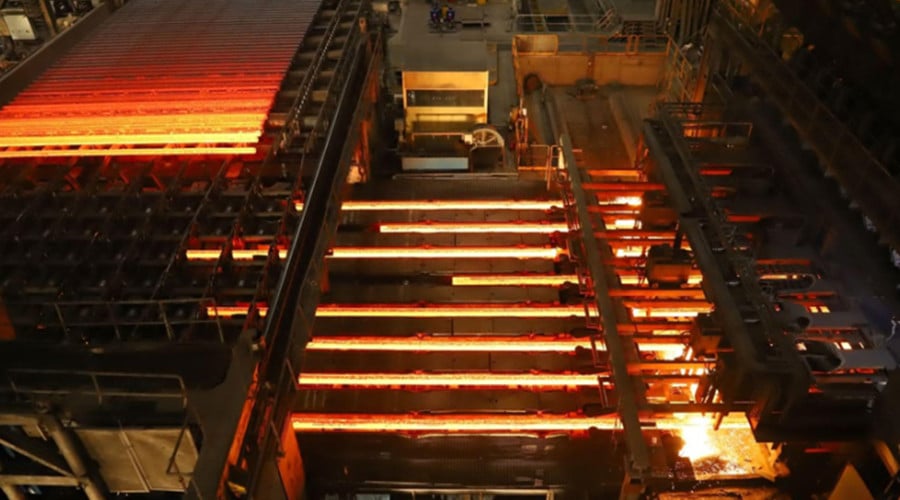Continuous casting machine is a common equipment in the metallurgical industry, used to continuously cast molten metal into long strip or plate shaped products. The core components of a continuous casting machine refer to those that play a crucial role and directly affect the performance and production efficiency of the machine. This article will introduce several common core components of continuous casting machines.
Firstly, the crystallizer of the continuous casting machine is one of its core components. The crystallizer is located above the molten pool and is used to gradually solidify the molten metal during the crystallization process and form a solid product. The design and performance of the crystallizer directly affect the quality and dimensional accuracy of the product. Generally speaking, the crystallizer should have good thermal conductivity and heat resistance, which can effectively control the temperature and crystallization speed of the molten pool, and avoid defects such as thermal cracks.
Secondly, the pouring system of the continuous casting machine is also an important core component. The pouring system includes components such as a pouring box, pouring tube, and nozzle, whose main function is to guide molten metal from the molten pool to the crystallizer. The design and working state of the pouring system directly affect the fluidity and uniformity of the metal, thereby affecting the appearance and internal quality of the product. In order to improve the production efficiency and product quality of the continuous casting machine, the pouring system needs to have good wear resistance, corrosion resistance, and thermal conductivity.
In addition, the drawing mechanism of the continuous casting machine is also a key core component. The pulling mechanism is located below the crystallizer and is used to pull solidified metal products out of the crystallizer and control the size and speed of the products. The drawing mechanism usually consists of a set of rollers and a transmission device, and the number and layout of rollers are determined based on the shape and size of the product. The design and working status of the drawing mechanism directly affect the drawing quality and dimensional accuracy of the product. In order to ensure the normal operation of the continuous casting machine, the drawing mechanism needs to have good load-bearing capacity, transmission stability, and adjustment accuracy.
Finally, the cooling system of the continuous casting machine is also an important core component. The cooling system is mainly used to control the temperature of the crystallizer and pouring system to ensure the smooth solidification and flow process of the metal. The cooling system usually consists of a water cooling device and a cooling pipeline. The water cooling device absorbs heat from the metal by circulating water flow, and the cooling pipeline guides the cooling water to key positions in the crystallizer and pouring system. The design and operation status of the cooling system directly affect the solidification rate and crystal structure of the metal, thereby affecting the internal quality and performance of the product.
In summary, the design and performance of the core components of the continuous casting machine directly affect its production efficiency and product quality. The crystallizer, pouring system, drawing mechanism, and cooling system are the most important core components in the continuous casting machine. Through mutual coordination and synergy, they enable the continuous casting machine to efficiently cast molten metal into products of various shapes. Therefore, in the design and manufacturing process of the continuous casting machine, we will fully consider the characteristics and requirements of these core components to ensure the normal operation of the continuous casting machine and the stability of product quality.

